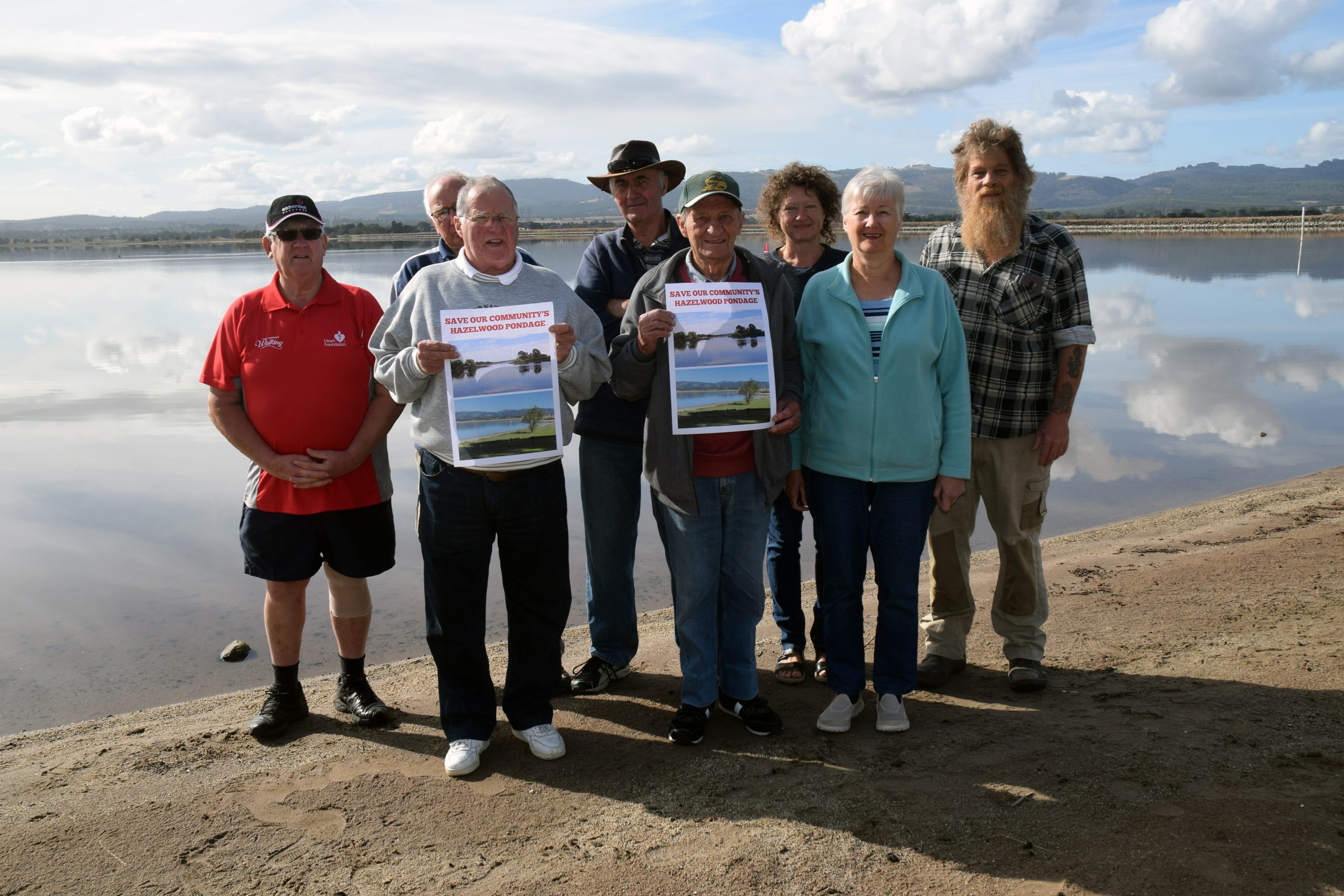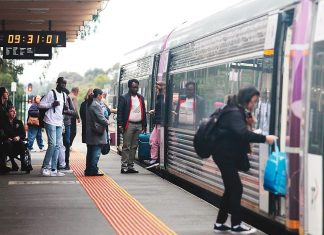WORKING in a physically-challenging, male-dominated environment may sound daunting for many women, but it does not faze Sandy Diciero.
As far as the 27 year-old career firefighter from East Melbourne is concerned, she is there to do a job, and to do it well.
“As a girl, I’ve never been treated differently (while on the job),” Ms Diciero said.
“It comes down to the individual; if you have the right attitude and put in the hard work (to do your job well), there should be no worries.”
While she concedes as a woman, she had to work harder by putting in the hard yards in the gym, staying active was part of her lifestyle. “Upper-body strength is definitely an advantage,” she said.
Ms Diciero, who is presently seconded to the Morwell fire brigade from the Traralgon brigade, is one of only two full-time female firefighters in the Latrobe Valley.
According to the Country Fire Authority, there are only 18 women among the 629 full-time, paid firefighters who support the organisation’s 59,500 volunteers.
Ms Diciero thrives on the challenges each day brings as a career firefighter, just six months out of the academy.
“I was a little bit apprehensive at first, but there is always room to grow; you are constantly being pushed to step up (and perform),” she said.
When asked why she decided to pursue a career as a firefighter, Ms Diciero said she had always been intrigued by the emergency services and how she could be of assistance to people in need.
“A friend of mine joined the CFA and told me how good it was; I didn’t think I could go into the police force, or become a paramedic because of the trauma they deal with everyday,” she said.
“But as a firefighter, your sole purpose is to make a situation better and people want you there.”
According to Ms Diciero, some of the best parts of her chosen career were the camaraderie with her colleagues, the lifestyle outside the job, and the constant opportunities to learn.
“In my previous job (in customs marine enforcement), we’d get a month off, but you’d have to spend one month at sea without contact (with friends and family),” she said.
However, she said some of the challenges as a firefighter included being immediately “switched on” and out the door in 90 seconds despite being in a deep sleep, if an emergency call came through.
Ms Diciero said the CFA academy maintained high standards, and treated men and women equally.
“I’ve been through the training and know across the board, we are treated the same; they don’t make exceptions,” she said.
“The CFA will select you based on a series of tests, and then it’s 16 weeks of intense training.
“People are surprised to see a female firefighter; but that’s just the industry; whether or not more women would want to join depends on their personal preference.”
Firefighter Emma Conway, who is also based at the Morwell brigade, said she still enjoyed the job five years on.
“It’s all about capability; it’s such an enjoyable place to work,” Ms Conway said.
“Who you are is irrelevant; it’s what you can do and how much you want to do.”
Citing the “fantastic” shift work, career advancement opportunities and work environment as the main attraction of the career, the 33 year-old mother of one said the right attitude was integral to success.
The CFA is looking for more women to join the organisation, building more diversity within its ranks. Applications for career firefighting opportunities for 2013 will close on 22 June.
More information can be found on the CFA website,
www.cfa.vic.gov.au/recruit










